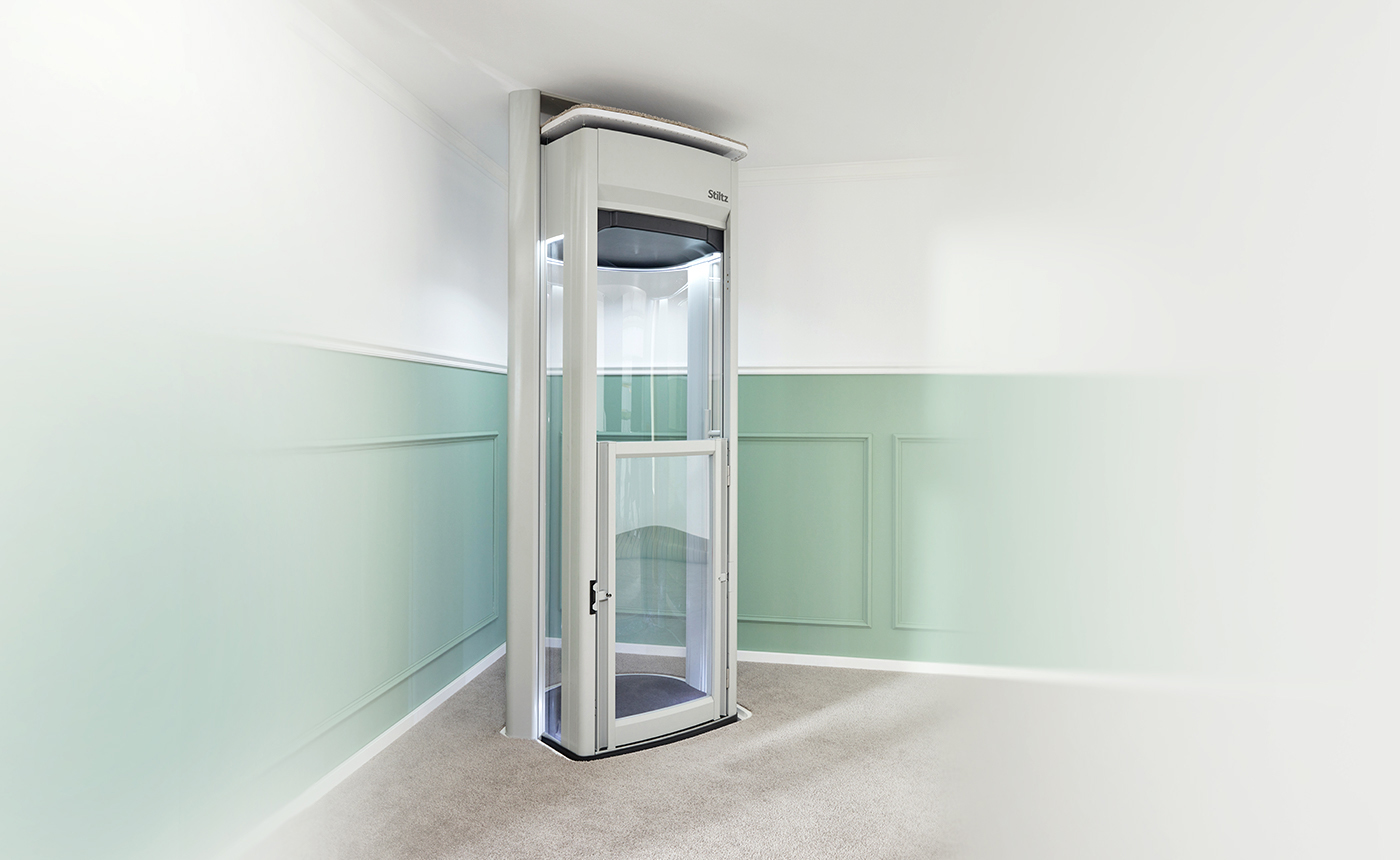London Lift Company: Offering Comprehensive Lift Solutions Across the Capital
Wiki Article
Delving Into the Globe of Elevators: Usual Problems Faced by Different Lift Mechanisms
As we browse with the upright transport systems of modern-day structures, elevators stand out as an indispensable component of our everyday lives. However, behind their seamless operation exists a world of detailed mechanisms that can occasionally experience obstacles. From hydraulic elevators to grip systems and machine-room-less styles, each lift type includes its set of typical problems. Comprehending these challenges is important for making certain the smooth performance of these vital systems. Allow's explore the intricacies that underlie the operation of elevators and the possible issues that can emerge, shedding light on the elaborate web of lift mechanisms.Hydraulic Elevators
Hydraulic lifts, usually preferred for low-rise buildings, use fluid stress to manage the activity of the lift automobile (lift repair companies). This system includes a hydraulic pump pressing oil right into a cyndrical tube, creating the lift to relocate in the wanted direction. While hydraulic lifts are recognized for their smooth and silent procedure, they do feature their own collection of typical problemsOne widespread trouble with hydraulic lifts is oil leak. The seals in the hydraulic system can break with time, bring about oil infiltration. If left unaddressed, this not only develops a mess yet can additionally impact the elevator's performance. In addition, concerns with the control system, such as damaged shutoffs or a malfunctioning pump, can trigger interruptions in the elevator's movement.
Routine maintenance and punctual fixings are necessary to ensure the smooth performance of hydraulic lifts. By resolving these typical issues proactively, structure proprietors can reduce downtime and ensure the safety and performance of their upright transportation system.
Traction Lifts
When thinking about vertical transport systems in buildings, an additional typical kind other than hydraulic elevators is the traction lift. Grip elevators run utilizing a system of ropes and counterweights that relocate the lift vehicle by clutching onto the hoist ropes. This system enables smoother and much faster vertical transportation contrasted to hydraulic systems.Among the typical concerns dealt with by grip elevators is rope wear. The constant movement of the ropes within the grip system can bring about damage over time, possibly causing the elevator to malfunction or become unsafe for use. Normal assessments and maintenance of the ropes are necessary to ensure the elevator's correct functioning and security.
An additional issue that grip lifts may come across is connected to the control system. Problems with the control system can bring about issues such as irregular activity, delays in reaction times, or also full shutdowns. Regular testing and upkeep of the control system are crucial to avoid such issues and guarantee the elevator's integrity.
Machine-Room-Less (MRL) Elevators

One of the key elements of MRL lifts is the compact gearless traction maker that is installed within the hoistway. This maker efficiently drives the lift vehicle without the need for large equipment discovered in typical traction elevators. In addition, MRL lifts generally make use of a weight system to stabilize the car, more improving their power performance.
In spite of their advantages, MRL elevators may deal with obstacles connected to repair and maintenance as a result of the constrained space for equipment setup. Availability for servicing parts within the shaft can be restricted, requiring specialized training for technicians. Proper maintenance schedules and routine assessments are vital to ensure the continued smooth procedure of MRL lifts.
Overloading and Weight Limit Issues
Overloading and weight restriction issues are vital concerns in elevator operations. Lift makers layout raises with particular weight capacities to make certain guest security and equipment long life.When lifts are overloaded, it puts too much stress on the motor, wires, and various other components, possibly triggering malfunctions or break downs. Security mechanisms such as sensing units and overload sensors remain in place to prevent lifts from moving if they detect excess weight. In addition, exceeding weight limitations can cause increased power consumption and damage on the elevator system.
To alleviate overwhelming concerns, constructing managers must prominently display weight limitations in elevators and enlighten occupants on the relevance of sticking to these constraints - lift repair companies. Routine upkeep checks by qualified site service technicians can also assist make certain that lifts are operating within risk-free weight criteria. By addressing overloading and weight limitation concerns proactively, structure owners can improve lift safety and effectiveness
Electric System Failings
Exceeding weight limits in elevators can not just cause mechanical concerns but additionally possibly contribute to electrical system failures within the lift facilities. Electrical system failings are an essential issue in elevator operation, as they can cause unforeseen shutdowns, breakdowns, and even safety and security hazards. One usual electrical issue is the overheating of components due to excessive current flow caused by overwhelming the lift beyond its capability. This can cause damage to the motor, wiring, or control systems, leading to expensive repair work and downtime.Regular upkeep and evaluations are crucial to determine and address prospective electric problems quickly, making certain the safe and reliable procedure of elevator systems. By adhering to weight limitations and performing routine electric system checks, structure owners can reduce the threat of electric failures in elevators.
Conclusion

Hydraulic lifts, commonly preferred for low-rise buildings, make use of fluid pressure to regulate the movement of the elevator car.When thinking about upright transportation systems in structures, another typical type aside from hydraulic lifts is the traction elevator. Traction elevators operate utilizing a system of ropes and counterweights that relocate the lift car by gripping onto the hoist ropes. Unlike typical lifts that require a different device space to house the devices, MRL elevators incorporate most of the parts within the shaft, eliminating the requirement for why not try here a dedicated maker area.In conclusion, elevators deal with typical concerns such as hydraulic breakdowns, traction system failures, and electric system problems.
Report this wiki page